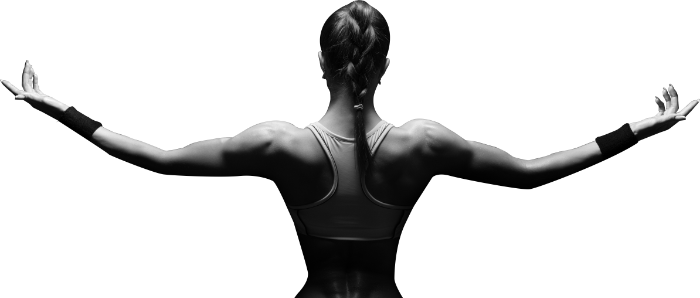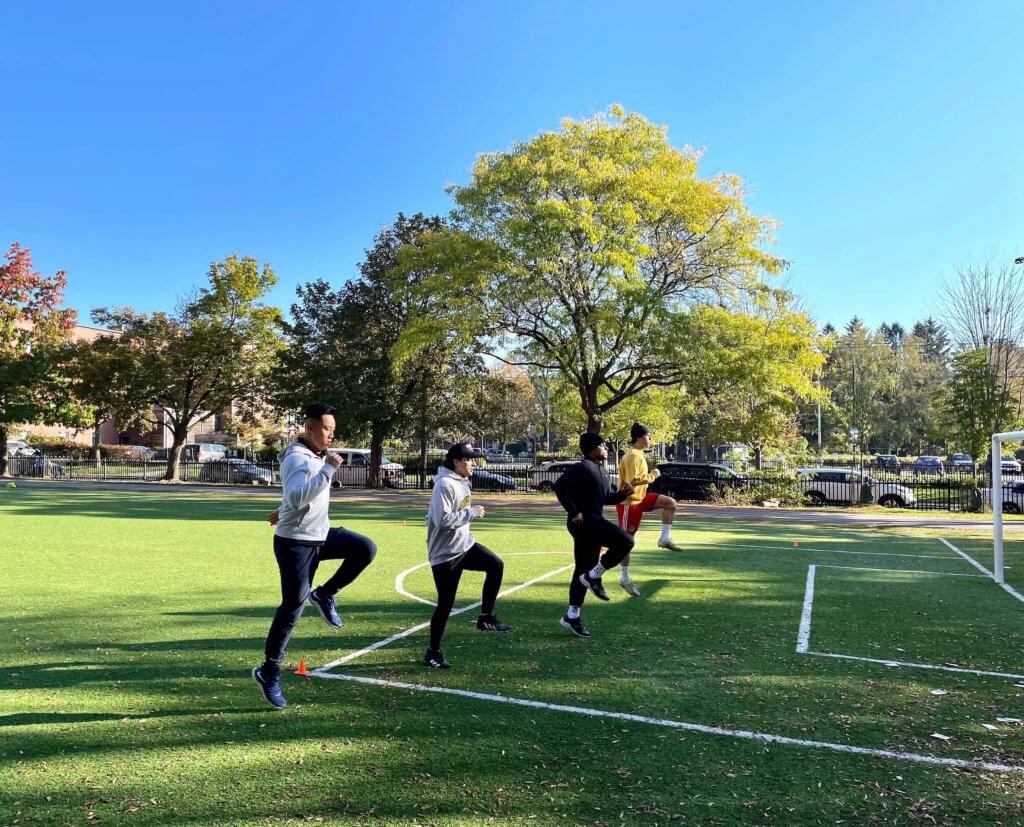ACL Toronto
THE ACL CLUB
Reality check: 25% of ACL-reconstructed clients under age 20 will sustain a second ACL injury within 2 years of returning to sport. For ages >20, there is a 12% risk of sustaining a second ACL injury. The second injury is 5x more likely to happen to females than males, and it can happen to the same ACL or the opposite ACL (50/50% chance).
There is continuing evidence emphasizing the importance of consistent and progressive physiotherapy throughout ACL rehabilitation. Unfortunately, there is a lack of consistency and universality in rehabilitation protocols. It seems there is a gap of knowledge and awareness within rehabilitation specialists (physios, etc) once the client reaches a “functional level”. When clients reach comfortable functional abilities, e.g., walking, biking, jogging, all with minimal issues, the rehab often stops there. At this stage (usually 4-6 months post-op), the ACL and surrounding tissues are nowhere close to its full healing! Recent evidence states that it takes up to 2 years for full maturation of the ACL graft, as well as resolution of bone bruises, and its complete fixation to the bone. This is where the rehabilitation gap exists. The gap exists in the mid to late stages of ACL rehabilitation, between the 6-12+ months stages. After achieving functional abilities, the continuation of progressive rehab, strength, and conditioning become extremely necessary and valuable.
With that said, the ACL return-to-sport process requires a minimum journey of 9+ months, depending on the desired goal(s) or sport. For those who have undergone an ACL surgery trying to make their way to sport will understand the long journey. It is common to feel demotivated, uninspired, or hopeless throughout the process. Hence the creation of the ACL Club!
What and Why The ACL Club?
- Exclusive club bringing together a community to support, empower, and inspire one another through the ACL rehab journey
- Consists of small group exercise & training with others on similar ACL journeys
- Promotes mutual accountability through the challenges and triumphs of the ACL journey
- To elevate the standards of care in ACL rehab by “bridging the gap” between functional abilities and return-to-sport stages
What Does It Entail?
- Led by rehabilitation and strength & conditioning specialists, the ACL Club will consist of indoor sessions and outdoor field sessions
- Active group training consisting of: strength, stability, power, agility, plyometrics, change-of-direction, and sport-related strength and conditioning
- Tests for return-to-sport and limb symmetry
- Force Plate technology
- Blood Flow Restriction (BFR) technology
- Muscle strength tests via dynamometry (e.g. quadriceps, hamstrings)
- ACL-specific hop tests
- ACL-specific agility tests
- ACL-specific subjective readiness questionnaires
- ACL-related education topics (by Push Pounds team and guest speakers)
- Direct access and collaboration with medical specialists and therapists
- Access to The ACL Club group chat and resources
Note: The ACL Club is not to replace personalized treatment plans. Participants are highly encouraged to continue 1-on-1 sessions with their respective practitioners throughout.
Requirements to Join:
- Interested participants must be cleared by their respective healthcare practitioner
- Minimum of 4+ months post-op
- Full ROM and zero/minimum swelling and pain
Cost:
$75 per session (covered under Physiotherapy extended health insurance benefits)
REFERENCES:
Mai, H. T., Chun, D. S., Schneider, A. D., Erickson, B. J., Freshman, R. D., Kester, B., Verma, N. N., & Hsu, W. K. (2017). Performance-based outcomes after anterior cruciate ligament reconstruction in professional athletes differ between sports. The American Journal of Sports Medicine, 45(10), 2226–2232. https://doi.org/10.1177/0363546517704834
Paterno, M. V., Rauh, M. J., Schmitt, L. C., Ford, K. R., & Hewett, T. E. (2014). Incidence of second ACL injuries 2 years after primary ACL reconstruction and return to sport. The American Journal of Sports Medicine, 42(7), 1567–1573. https://doi.org/10.1177/0363546514530088
Webster, K. E., Feller, J. A., Leigh, W. B., & Richmond, A. K. (2014). Younger patients are at increased risk for graft rupture and contralateral injury after Anterior Cruciate Ligament Reconstruction. The American Journal of Sports Medicine, 42(3), 641–647. https://doi.org/10.1177/0363546513517540


